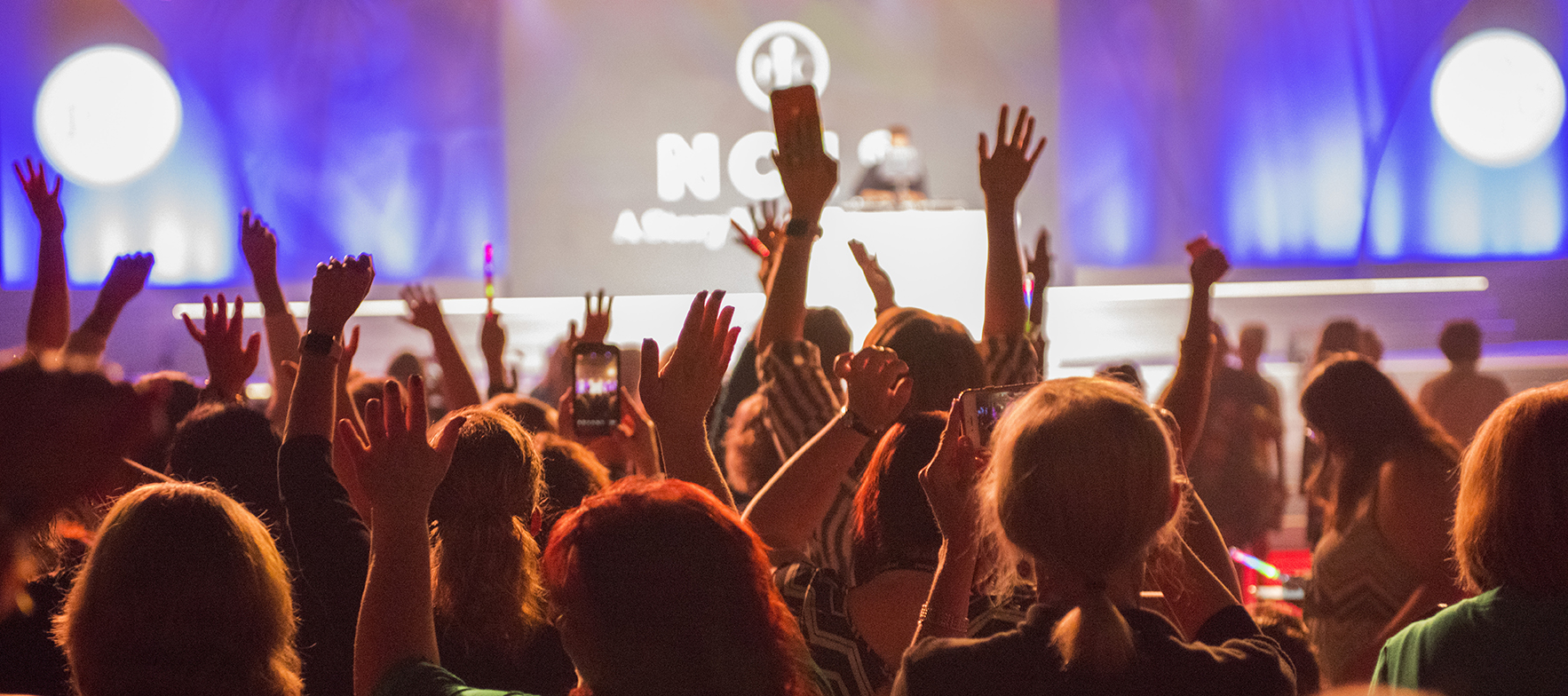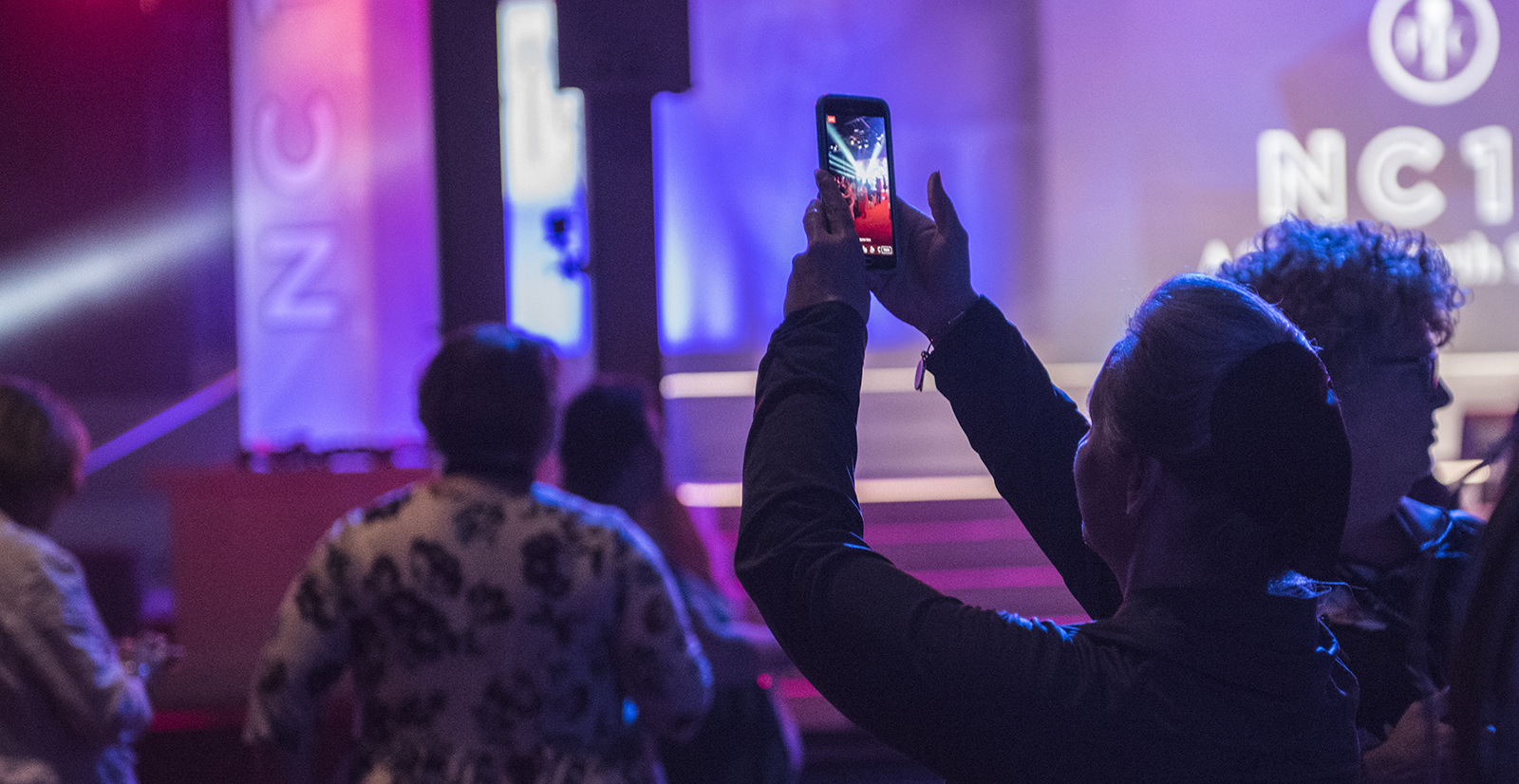Live Event Production: How Has the Industry Changed?
Live event production has always been a dynamic, fast-evolving field, but the shifts over the past decade have been nothing short of transformative. From advancements in technology to changes in audience expectations, this space has embraced innovation and adaptability in unprecedented ways.
Whether you’re an event planner or a venue manager, understanding these changes is the key to unlocking unrivaled success. Here’s a more detailed look at how the live event production industry has changed and what you need to know to keep up.
Technology Streamlines Every Aspect of Live Event Production
Advancements like specialized software and automation have revolutionized the way we plan and execute events. Event management platforms now offer all-in-one solutions that handle everything from budgeting and ticketing to attendee tracking and logistics coordination. For instance, cloud-based tools allow planning teams to collaborate from anywhere, cutting down on miscommunication and saving valuable time. Drones and automated lighting systems are also becoming staples by simplifying tasks that once required larger teams and more time.
The integration of technology makes the planning process more efficient, in addition to elevating the execution of events by creating opportunities for stunning visual displays and seamless services. For live event production companies, adapting to these tools has been essential in meeting client expectations more effectively.
Virtual and Hybrid Events Redefine Industry Standards
The rise of virtual and hybrid events gained prominence during the global pandemic but is far from just a temporary trend. These formats have opened new possibilities for reaching global audiences, making events more inclusive and accessible. Platforms like Zoom, StreamYard, and Hopin have proven that a well-produced virtual event can deliver significant value alongside its in-person counterpart.
Hybrid events have completely changed how we think about attendance. By combining physical and digital components, event organizers can cater to in-person and remote attendees simultaneously. This dual approach has expanded revenue streams and allowed companies to collect valuable data from a diverse attendee base. More importantly, it’s become a standard expectation for many audiences. It’s important to partner with a reputable live event production company that can help you excel at offering a hybrid approach.
Social Media Integration Transforms Event Experiences
Social media has become a powerful tool for marketing and real-time engagement and interaction at live events. Platforms like Instagram, TikTok, and X allow organizers to generate buzz before, during, and after an event. Live streams, hashtag campaigns, and interactive polls create opportunities for fans to engage with the event, even if they’re not physically present.
Additionally, user-generated content (UGC) enhances the overall experience. When attendees post about their time at your event, they’re effectively acting as ambassadors for your brand. The ability to integrate social media into every stage of an event has become so ingrained that not doing so can make an event feel incomplete.

Data Analytics Is Revolutionizing Customization
Gone are the days of one-size-fits-all events. Thanks to data analytics, organizers now have a deep understanding of attendee behavior and preferences. By analyzing everything from ticket sales patterns to live app engagements, teams can craft hyper-personalized experiences that resonate with specific audiences.
For example, using attendee data informs you of everything from the layout of a venue to the entertainment schedule, ensuring every detail aligns with what the audience wants. This data-driven approach also allows for smarter resource allocation, which saves time and money while maximizing value. For businesses in the live event production space, harnessing analytics has become a critical asset in delivering tailored and memorable experiences.
Sustainability Is a Driving Factor in Modern Events
Sustainability is a critical consideration when planning and executing events. Today’s attendees want to support events that align with their values, including a commitment to eco-friendly practices. From using recyclable materials to offsetting carbon footprints, sustainability has become a major differentiator in brands that excel and those that don’t.
Many live event production companies have embraced this shift by offering services that prioritize energy-efficient solutions, waste reduction, and reduced environmental impact. For instance, LED lighting and virtual ticketing platforms are just a few ways businesses are meeting this growing demand. Incorporating sustainable practices feels good and ultimately strengthens brand reputation.
Immersive Experiences Are Elevating Audience Engagement
The days of passive observation are over as audiences now expect to be part of the action. Immersive experiences, powered by Virtual Reality (VR) and Augmented Reality (AR), are reshaping how attendees interact with live events. From virtual meet-and-greets to holographic displays, technology enables levels of engagement that were once only imaginable in science fiction.
These innovations create unforgettable moments that stay with audiences long after an event ends. Imagine walking into a concert and seeing an AR-powered light show perfectly synchronized with the music or using VR to virtually attend an exclusive backstage tour.

Attendee Expectations Are Shaping the Future of Events
Modern audiences are more informed and demanding than ever before. They expect events to be convenient, personalized, and well-designed. The era of grabbing a standard ticket and attending a generic conference or concert is fading. Attendees now want curated experiences, easy-to-navigate venues, and even backstage access.
The desire for immediacy and personalization has also pushed event organizers to offer innovative solutions, such as mobile apps for real-time updates or VIP upgrades that enhance the experience. Meeting such expectations keeps your audience coming back, as well as recommending the event to others.
Content Creation and Storytelling Are at the Heart of Success
Events are no longer standalone occurrences; they’re the centerpiece of larger storytelling campaigns. The ability to create compelling content before, during, and after an event has become critical in sustaining audience interest. Whether it’s professionally produced teaser videos, live behind-the-scenes social media streams, or post-event highlight reels, content reinforces your event’s message and keeps attendees engaged long after it ends.
This shift also opens new opportunities for collaboration. Working with influencers, content creators, and media partners allows event organizers to amplify their reach and connect with a broader audience in more authentic ways.
Evolving in the Industry With L!VE
The only constant in the live event production industry is change. From groundbreaking technology to shifting audience demands, staying ahead requires vigilance, adaptability, and creativity. It’s important to invest in the latest tools, tailor your offerings to audience expectations, and take a forward-looking approach for continued success.
If you’re ready to elevate your next event and adapt to the future of live event production, collaborate with L!VE. We are a live event production company that knows how to turn trends into unforgettable experiences.